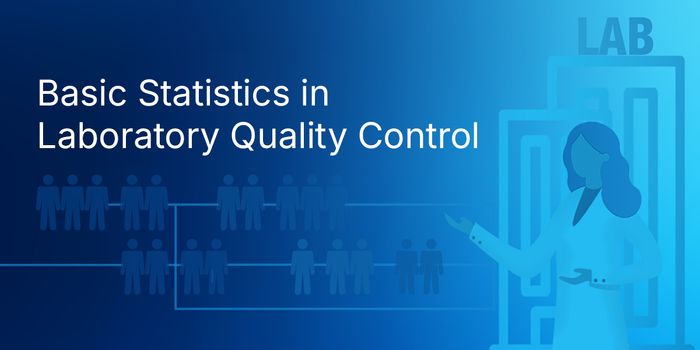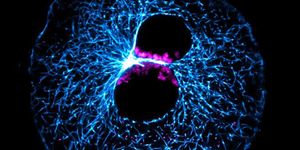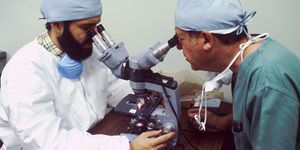Scientific Insights Into Romantic Love
To better define what romantic love is exactly, social scientists reviewed the literature in the context of biologist Tinbergen's framework for understanding behavior by looking at its social, biological, and psychological causes along with its evolutionary function. From this review, researchers came up with this new working definition of romantic love to better encompass the existing research:
"Romantic love is a motivational state typically associated with a desire for long-term mating with a particular individual. It occurs across the lifespan and is associated with distinctive cognitive, emotional, behavioral, social, genetic, neural, and endocrine activity in both sexes. Throughout much of the life course, it serves mate choice, courtship, sex, and pair-bonding functions. It is a suite of adaptations and by-products that arose sometime during the recent evolutionary history of humans."
Romantic love is thought to have evolved to optimize reproductive efforts by limiting mating options to the most suitable partners willing to make long-term parental investments alongside each other. It is defined by typical, predictable cognitive, emotional, and behavioral responses. These include:
- Cognitive components of intrusive thinking, preoccupation with the person of interest, idealization of the other, and a desire to know the other and be known
- Emotional components of attraction to the other, negative feelings when things go awry, longing for mutual feelings, and physiological arousal
- Behavioral components of undertaking actions to determine the other's feelings, studying the other person, providing special service to the other, and maintaining physical closeness
The top factors found to lead to romantic love are mutual attraction; familiarity, or repeated exposure to one another; and the presence of preferred traits specific to what each individual finds attractive.
These trait preferences are weighed differently by men and women. On average, women more than men prefer their love interest have higher resource potential and social status, ambition, and commitment levels and be dependable, taller than themselves, and slightly older. Men more than women prefer youth, beauty, body shape, chastity, and fidelity. Both women and men have strong preferences for kindness and intelligence. Women are thought to experience slightly more intense feelings of romantic love than men.
Predictable hormonal changes also occur in people in romantic love. Testosterone levels lower in men to promote commitment and follicle-stimulating hormone and luteinizing hormone rise in women to potentially increase fertility. Serotonin levels lower in men and rise in women and are thought to be responsible for the intrusive thinking descriptive of romantic love. Dopamine levels increase and are linked to longing for reciprocity of feelings and motivation to maintain closeness and provide preferential treatment to a love interest. Elevated oxytocin levels are thought to serve a similar function along with promoting the exclusivity of pair bonding. Elevations in the stress hormone cortisol are also found and may be responsible for the symptoms of anxiety and depression that can accompany being in love.
Romantic love can develop as early as childhood but without all of the characteristic manifestations found in adolescence and adulthood. It's also thought to be more common in teenagers than young adults and can exist even if it's unrequited. It can start abruptly or develop slowly and can end just as abruptly but more typically wanes slowly over time. Unrequited, it lasts an average of 10 to 17 months. When reciprocated, it lasts an average of 21 months. For a lucky, or perhaps unlucky, few, it can last decades.
Sources: Pubmed









